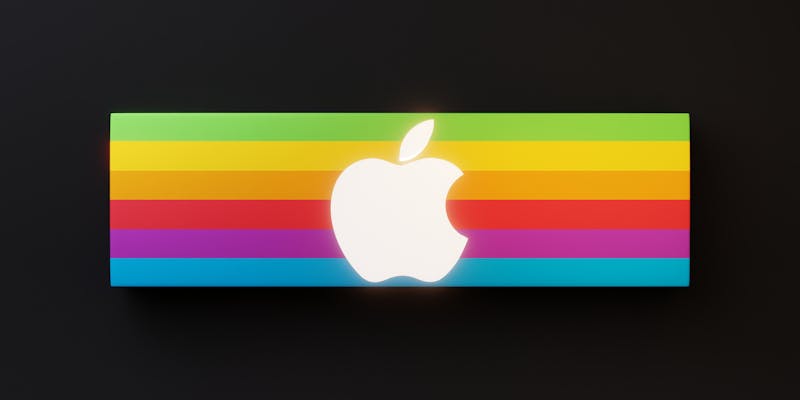Apple has taken an innovative approach to tackle employee burnout by fostering a flexible work environment. With the recognition that different employees have diverse needs, the company has empowered its workforce with the capability to choose their working conditions. This shift toward a more adaptable and trusting workplace underscores the idea that productivity is not tied to the amount of time spent at a desk but rather the quality of output. Such policies not only act as a testament to an evolving corporate mindset but also acknowledge the importance of work-life balance in maintaining employee well-being and efficiency. Apple’s strategy positions the company as a leader in creating a work culture that values and protects its employees’ health by actively working to deter burnout through personal autonomy and flexibility.
Transformative Work Culture
Apple is redefining its work philosophy to prevent employee burnout, deviating from the high-pressure environment typical of Silicon Valley. This pivot toward a healthier work-life balance is poised to benefit both staff and the company, as it could decrease employee turnover and foster a more committed, creative workforce. As a vanguard in employee management, Apple is promoting a work culture that prioritizes mental well-being and flexibility, marrying the welfare of its team with its tradition of innovation. The move could prompt a shift in corporate cultures globally as businesses observe the positive outcomes of Apple’s strategy aimed at a more sustainable, employee-centric workplace. This conscious change signifies that Apple values its employees as much as its growth and productivity.
Prioritizing Employee Well-being
Increased Engagement and Satisfaction
Apple’s focus on flexible work arrangements underlines a profound grasp of what keeps their workforce fulfilled and steadfast. By granting employees the freedom to tailor their work hours, Apple recognizes that job satisfaction stems largely from self-governance and accountability. This approach instills a deeper connection to one’s work and a sense of accomplishment that might be absent in rigid work environments.
Moreover, the flexibility mirrors an evolution in work-life integration propelled by advances in technology, making adaptive work practices essential. Apple, in pioneering such progressive models, not only enhances their team’s morale but also leads the charge in marrying productivity with personal well-being. The result is a dynamic work culture where loyalty and enthusiasm thrive, aligning with the demands of the modern workforce. This move by Apple doesn’t just bolster employee spirit; it sets a standard in leveraging innovation for work practices that resonate with a contemporary, mobile workforce.
A Model for Modern Workforce Management
Apple’s innovative workforce strategy signifies a major change in how companies manage their personnel. It underscores the strategic benefit of prioritizing employees’ well-being as a means to corporate success. When Apple places worker empowerment and respect at the helm, it’s not just about ethical practice; it’s a smart business move that attracts and retains talent, distinguishing the company in a competitive landscape.
Their success could reshape corporate norms as other firms look to replicate Apple’s approach, balancing productivity with employee welfare. This shift points to a possible decline in the traditional nine-to-five workday, propelling a cultural transformation in which employee wellness becomes integrated into a company’s ethos. As Apple leads, we may see a ripple effect where the well-being of employees is not just supported but is a cornerstone of workplace dynamics.

